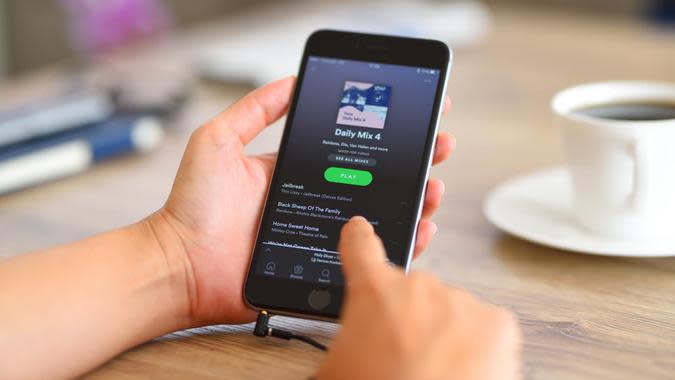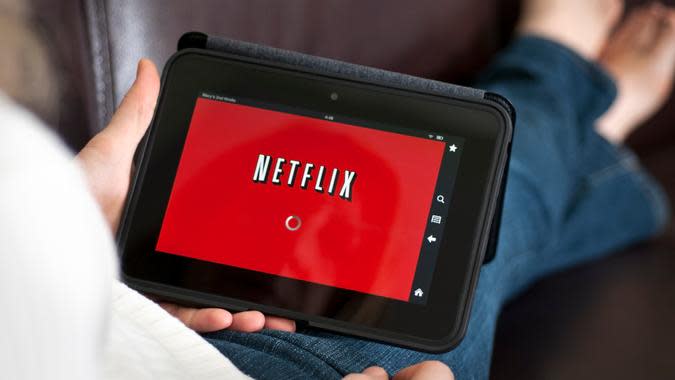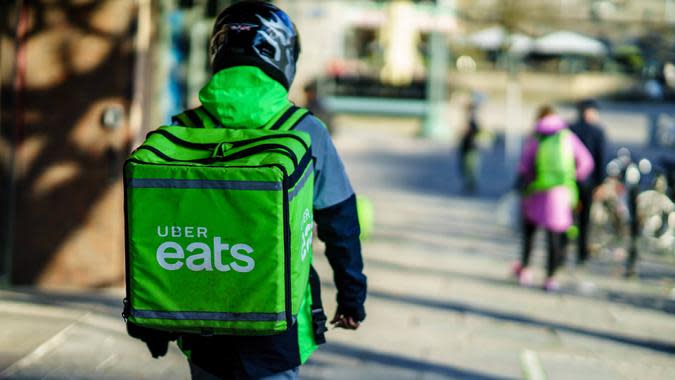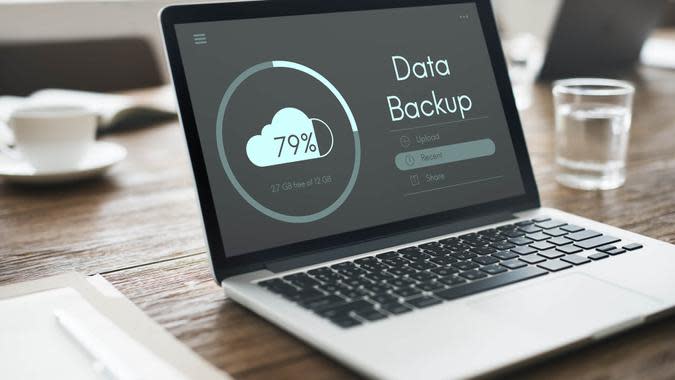6 Monthly Bills That Didn’t Exist Before Y2K

The year 2000 marked the dawn of a new millennium. Many speculated that the Y2K scare, a universal moment in which all computers would suddenly cease working due to the new millennium, might occur on December 31, 1999. Fortunately, this never happened and technology has since significantly surpassed the 2000 landscape.
See: 9 Bills You Should Never Put on Autopay
More: 6 Bad Habits That Hike Up Your Grocery Bill
From streaming music to smartphones, here's a look at some of today's most common monthly bills that did not exist before the year 2000.

Streaming Music
Many individuals now pay for a music subscription through platforms like Spotify, Pandora or Apple Music. While there are still some ways to enjoy music for free, including listening to the radio on your car or using streaming music platforms with ads, most listeners choose to pay for a flat subscription rate to avoid hearing advertisements and curate their own playlists.
Up until the year 2000, most music enthusiasts paid for CDs, CD players, stereo systems and headphones. There were even various forms of storage, like CD towers, available to store your music. Interestingly, the most popular physical music format today are vinyl records. Despite the many affordable formats for listening to music today, sales of new vinyl have experienced a resurgence thanks to pretty much every generation seeking a bit of nostalgia. In 2021, 17 million vinyl records were sold and marked an 86% jump from 2020.
Take Our Poll: Do You Think the Fed Raising Rates Will Help or Hurt the Economy?

Streaming Film and TV
On a Friday night circa 2022, family members might gather together to scroll through their various film and TV streaming platforms -- like Netflix, Hulu and Disney+ -- to plan the night's in-home viewing. On a Friday night circa 2000, these families would likely be at a local Blockbuster Video picking a film out to rent for the weekend, heading to a movie theater or scrolling through their satellite provider's TV guide to see what's on cable tonight.
One of the most frequent pieces of financial advice today revolves around which streaming services to "cord cut" as a means of reducing discretionary spending. Subscribing to multiple streaming services today adds up quickly for most households and can end up being quite expensive.

WiFi Internet
While few people likely miss the sound or experience of using dial-up internet compared to today's broadband service, it's highly likely that we miss the dial-up price tag. Dial-up Internet plans still exist and usually for under $30 a month.
More than 20 years later, however, the majority of people globally require broadband Internet in order to do their jobs. A minimum high-speed Internet connection today can be anywhere between $35 to $45 a month, and the prices only go up the more you require faster service like 5G.

Food Delivery
The concept of food delivery did exist in the year 2000. It just wasn't widespread everywhere you went. A pizza place might deliver its pizza to your home or you might call your favorite takeout restaurant to see if you could get it delivered. Otherwise, most people back then would be more likely to place an order in the drive-thru or eat at their favorite restaurant if they decided not to cook that night.
At the start of the COVID-19 pandemic, food delivery services expanded significantly to help keep the restaurant industry afloat. Casual dining and fast food restaurants alike can be found on platforms like DoorDash, Grubhub and Uber Eats. As pandemic restrictions gradually ease up, many people continue to place orders through food delivery apps and get their meals delivered to their homes instead of going out to eat for a bit of added convenience.

Smartphones
Perhaps no one monthly bill has experienced as much transition through the last few decades than that of a smartphone.
Telephones were originally available in landline format and most homes had a landline number they could call. Gradually, households around the world began investing in cell phones as an alternative way to communicate with others and for calls that would not interrupt moments when dial-up Internet was taking over landline use. Cell phones eventually included more features like voicemails and texting.
In January 2007, Steve Jobs introduced the iPhone by Apple. The iPhone had features that a phone never had before, like a camera and built-in maps and location accessibility. It also had a multitouch keyboard that gradually allowed individuals to become comfortable with touchscreen texting instead of pressing physical buttons. Today, our smartphones are an integral part of how we live our everyday lives. Similar to streaming services, however, there are many techniques you can use to keep bad habits, like going over your data limit, from hiking up their smartphone bill each month.

Cloud Storage
Most people today pay a few dollars to Apple or another cloud storage provider like Dropbox to store important files, ranging from data to photographs, in a cloud storage system.
If you time traveled back to the year 2000 and mentioned the concept of cloud storage, you would likely be subject to many confused faces. In 2000 and the decades prior, many people invested in a sturdy file cabinet to organize and store all of their key documents and paperwork. (Physical copies, it should be noted, will never go out of style to keep safely stored and on hand in the event of an emergency.)
More From GOBankingRates
Social Security Schedule: When Benefits Will Arrive in May 2022
12 Essential Money Tips for Every Phase of Your Financial Life
This article originally appeared on GOBankingRates.com: 6 Monthly Bills That Didn’t Exist Before Y2K

 Yahoo Finance
Yahoo Finance 